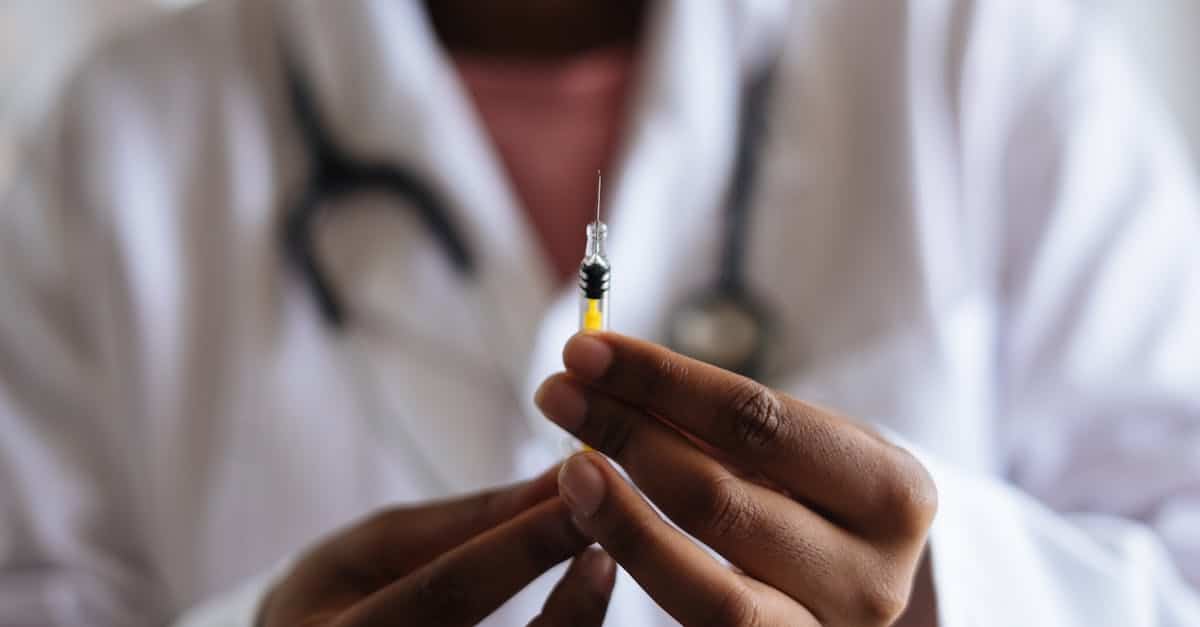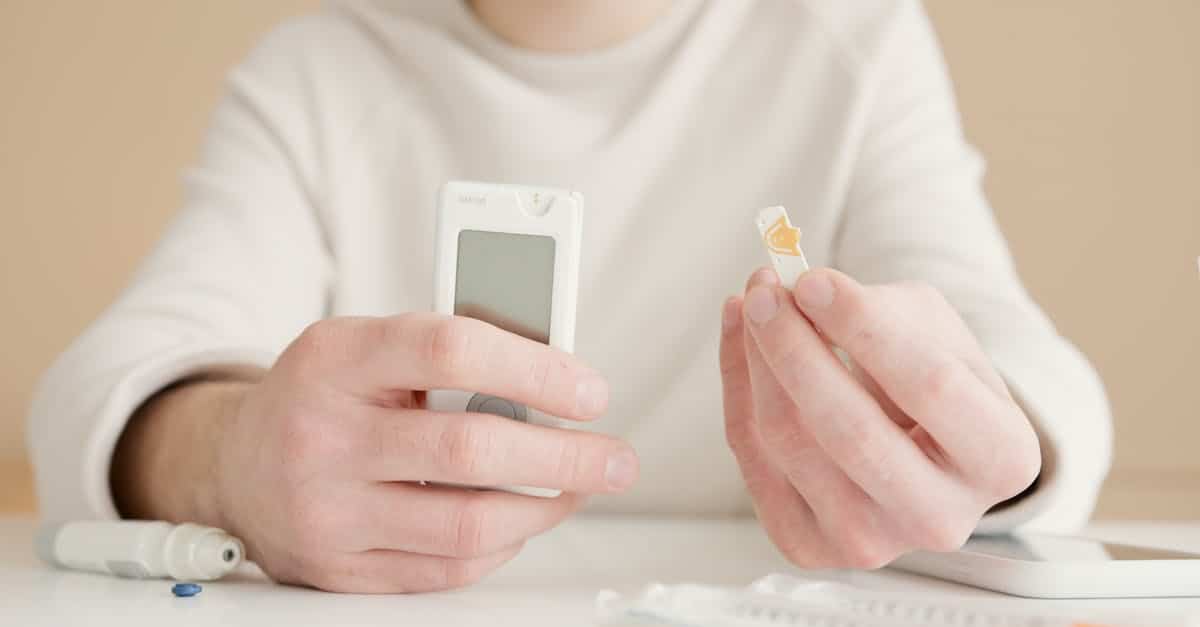Validating destructive test methods is crucial to ensure the reliability of combined products. The use of substitution devices emerges as an innovative approach, allowing for the simulation of real conditions without compromising the integrity of the products. This practice facilitates performance evaluation while adhering to safety standards. By integrating these devices, designers can refine and validate their processes, thus ensuring an adequate response to market and end-user requirements.

Using substitution devices to validate destructive test methods
The use of substitution devices constitutes an innovative approach for the validation of destructive test methods. These devices play a crucial role in evaluating the strength and functionality of combined products while minimizing losses incurred from direct destructive testing. By incorporating these devices into the design verification process, engineers can achieve valid results while preserving essential physical prototypes. This strategy also accelerates the development process and reduces associated testing costs.
Advantages of substitution devices in validation
The advantages of substitution devices are numerous. First, they ensure an accurate assessment of product performance, as these devices can be designed to replicate the essential characteristics of real products while enduring rigorous testing conditions. Second, the use of these devices allows for tests in scenarios where destroying the original product would be unacceptable, thus preserving the integrity of the initial design. This results in better resource management and a more sustainable approach to product innovation.
Effective integration of substitution devices
For substitution devices to be effective, it is essential to align them with the validation objectives. This involves clearly defining test parameters and ensuring that the chosen substitutes faithfully reflect the characteristics of the targeted products. Additionally, this integration requires close collaboration between the design and testing teams, ensuring that each phase of development is directed toward goals of performance and reliability. A good balance between innovation and validation is fundamental to ensure the success of combined products in the market.
In the context of evaluating the safety and reliability of combined products, using substitution devices to validate destructive test methods represents an innovative and necessary approach. These devices, which simulate the products’ usage conditions without requiring the real prototypes, enable tests to be conducted more quickly and economically while ensuring the relevance of the obtained results.
The implementation of substitution devices also facilitates the collection of critical data, aiding in a better understanding of the behavior of materials and components under stress. This is particularly relevant considering the challenges encountered during destructive testing, which can lead to significant losses not only in terms of costs but also in terms of development time. By integrating these devices, researchers and engineers can anticipate potential defects before the mass production phase, contributing to a continuous improvement in the design process.
Another major advantage lies in the ability to compare product performance through various simulations conducted using these devices. This allows for the optimization of design parameters while meeting safety and regulatory compliance criteria. Ultimately, using substitution devices is not only a time-saver but also a crucial step for innovation in product testing.
It is essential for development teams, in close collaboration with testing experts, to adopt this approach to maximize safety while minimizing costs. This will ensure that combined products meet the high quality standards expected by consumers and regulators.













